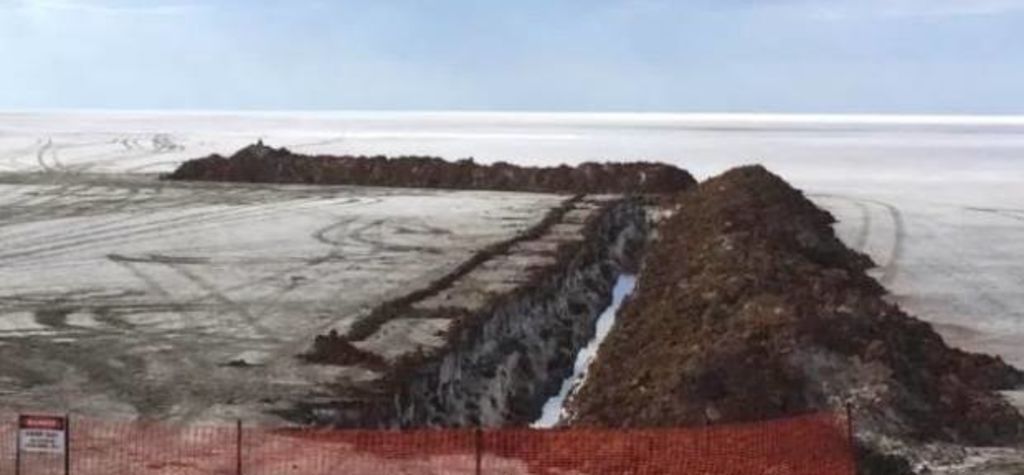One of Australia’s largest salt lakes might help the world deal with a lack of high-grade crop nutrients that can be extracted from its salty crust. Lake AustraliaMackay is the largest of hundreds of ephemeral salt lakes scattered throughout Western Australia and the Northern Territory and there is no doubt that the startling white lake is next-level remote. With its 3,383 square kilometers, it is visible from space and while it looks barren and unproductive, it is home to rich potash deposits.
Being a source of soluble potassium, potash is used as an agricultural crop nutrient to help plants grow faster, stronger and healthier. Lake Mackay’s salty water contains one of the world’s largest deposits of sulphate of potash, and, if all goes as planned, it will be Australia’s first mine. At the moment 50,000 tons are imported annually. The project of turning Lake Mackay a profitable potash businesses is going to be led by Agrimin, a Western Australian based minerals company whose vision is to establish a new potash export industry in Australia and to make a positive impact on some of the country’s most remote Aboriginal communities. Accordingly, Agrimin expects that SOP deposits throughout Western Australia will become an important source to meet increasing world demand.
However, regarding Lake Mackay, Agrimin’s CEO Mark Savich said it’s the most remote industrial development in Australia, so too the price has to be “pretty big”. Mr. Savich teamed up with geologist friend Tom Lyons to make the project happen. “We are going to produce 426,000 tons per annum of SOP [Sulphate of Potash] over a 20-year mine life and [will] be able to do that at a very low operating cost of $US220 per ton,” general manager Mr. Lyons said. The Lake Mackay project is now valued at $2.7 billion over the mine lifetime – making the Australian company one of the top five producers of high-grade potash fertilizer. The location contains the world’s largest known Mineral Resources of brine-hosted SOP and the deposit only extends to an average depth of only 24.7 meters.




